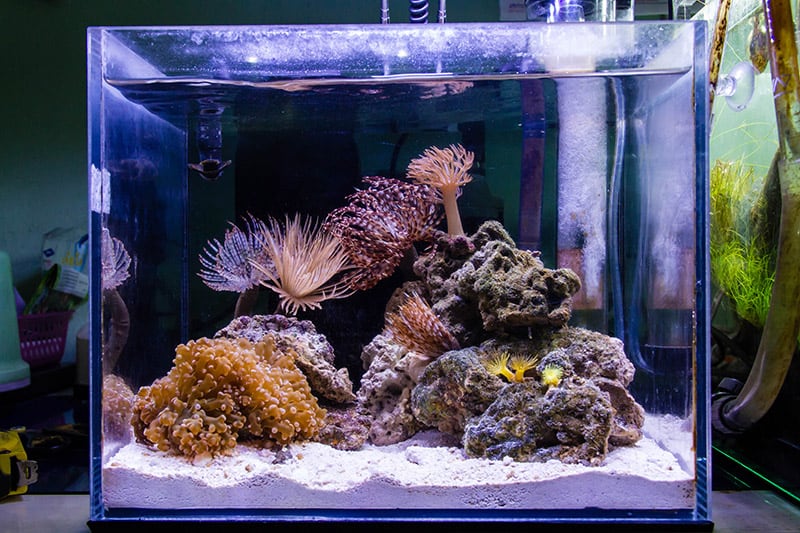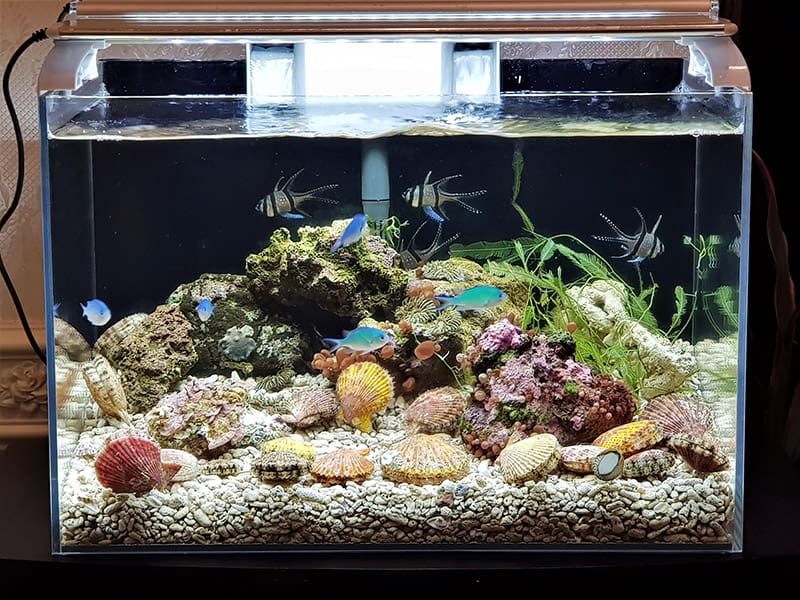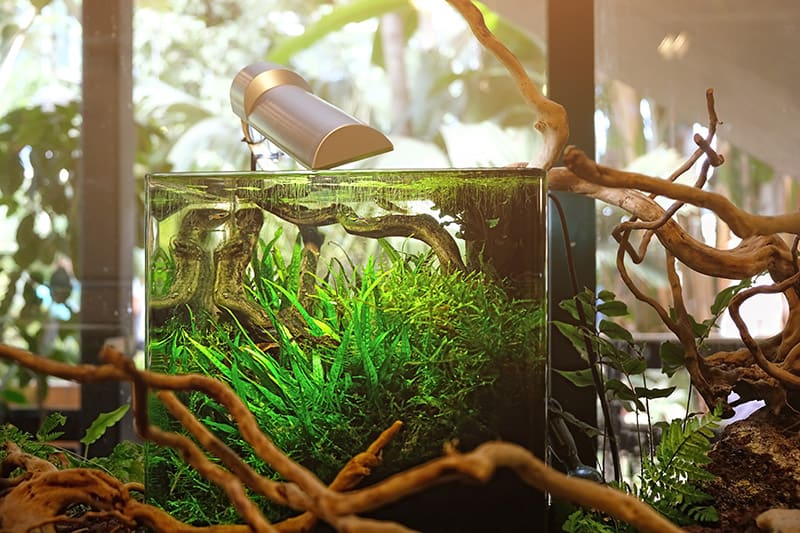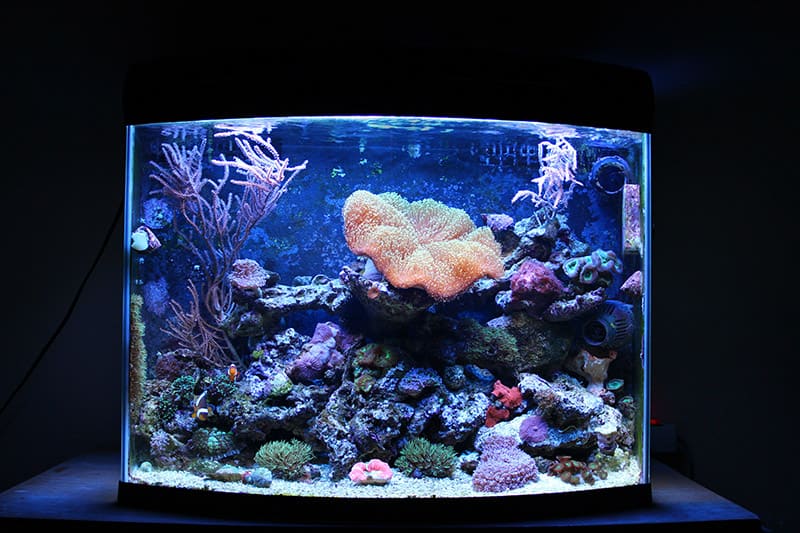Tips to start and maintain nano tanks
Whether you are a beginner or a seasoned aquarist, maintaining a nano aquarium is definitely a rewarding undertaking.
A nano aquarium usually refers to a tank that is 10 gallons or less. Most of the guidelines and equipment needed for setting up a larger aquarium also applies to a nano aquarium.
Here are some useful tips to setting up and maintaining a nano tank:
Purchasing a Nano Aquarium
Before making a purchase, decide what you eventually want to achieve with your nano tank. Will it serve as a grow-out tank? Are you aiming for a display tank that will make a good conversation piece in your home or office? Will you be having a plant or shrimp farm? Once you already know what you want, you can now purchase your nano tank.

Aquarium Substrate
Substrate is an important component in a planted aquarium. It is recommended to purchase the best substrate that is available. A good substrate should be rich in minerals like carbon and iron. It must be capable of softening the water and lowering pH.
Choose a substrate that has a finer grain. Since this type of substrate is more expensive than the ordinary ones, you can just add a top layer of fine-grained substrate to the bottom layer before adding water. Using lava rock, pumice, or sintered clay balls in the bottom layer can promote oxygenation and prevent creating an anaerobic environment within the substrate.
Choosing a Theme
To make it easier to keep the ideal water parameters indicated for all the inhabitants of your tank, it is best to focus your aquascaping and stock plants around them, including their shelter and breeding structures.
Avoid Overpopulation
With the nano tank’s small size, maintaining an ideal population in your aquarium will help maintain good water quality. When establishing a new system, it is best to introduce only a few fish at a time over a period of several weeks. Select the smallest fish species that you can find, and a modest group of bottom cleaners.

Nano Tank Filtration
Consider using live plants and special forms of gravel for freshwater nano tanks, and live rock or sand for your nano reef. These can help promote tank health coupled with minimum use of external filtration systems.
Water Quality
Since nano tanks have accelerated cycles in water quality, daily testing and observation are highly recommended. The behavior of the fish inhabitants—hiding, drifting, gasping, or darting—is also a good indication of existing health dangers that lurk inside the tank.
Frequent partial water changes (at least 10-20%) once a week, also promote a healthy tank environment. This is especially necessary if you are pushing the population limit, or keeping fish species with larger bio-loads.
Tank Filter System
Filter media should be changed frequently to prevent algal bloom and ensure the well-being of your fish.

Troubleshooting
With the small enclosed ecosystem in a nano tank, small problems can easily worsen in a short span of time, and may threaten the health of your aquarium inhabitants. Whenever you notice something out of the ordinary, such as nitrite level that tested high or a bio-wheel that has stopped turning, act on it the soonest possible time.
About the author: Peter Hartono is the founder and CEO of Just Aquatic – a proud Australian company that provides excellent online aquarium supplies for hobbyists to build their own betta fish tanks,
nano tanks, fish ponds, freshwater shrimp tanks and other DIY aquarium tanks.
Featured Image Credit: Vojce, Shutterstock
